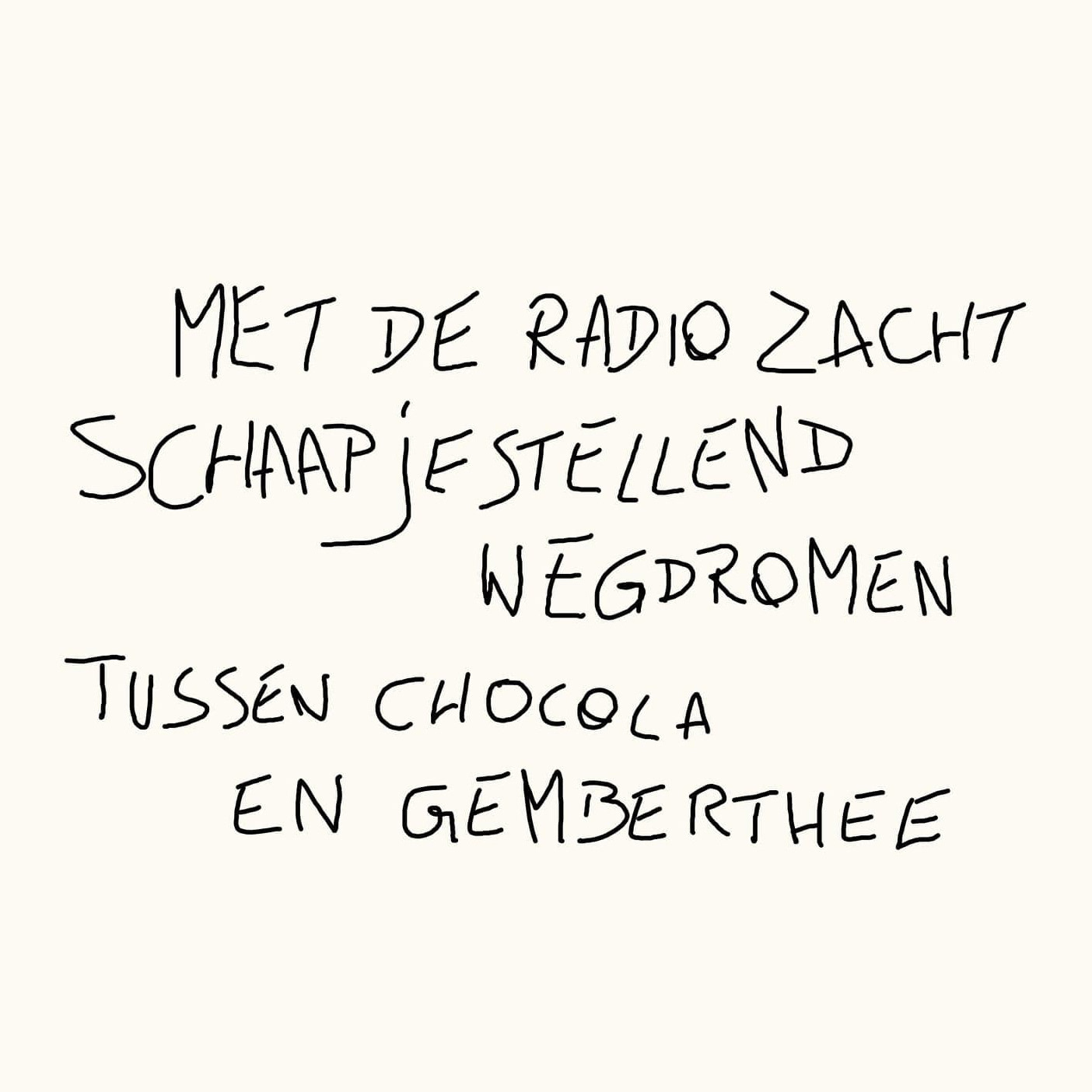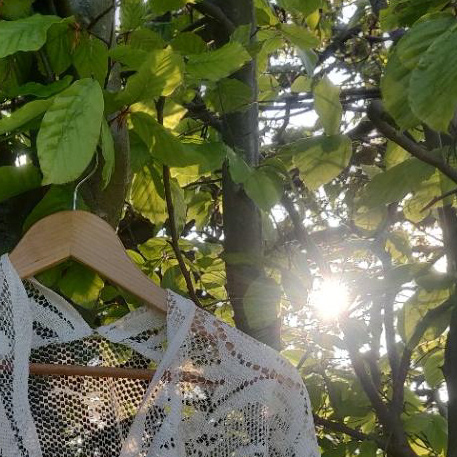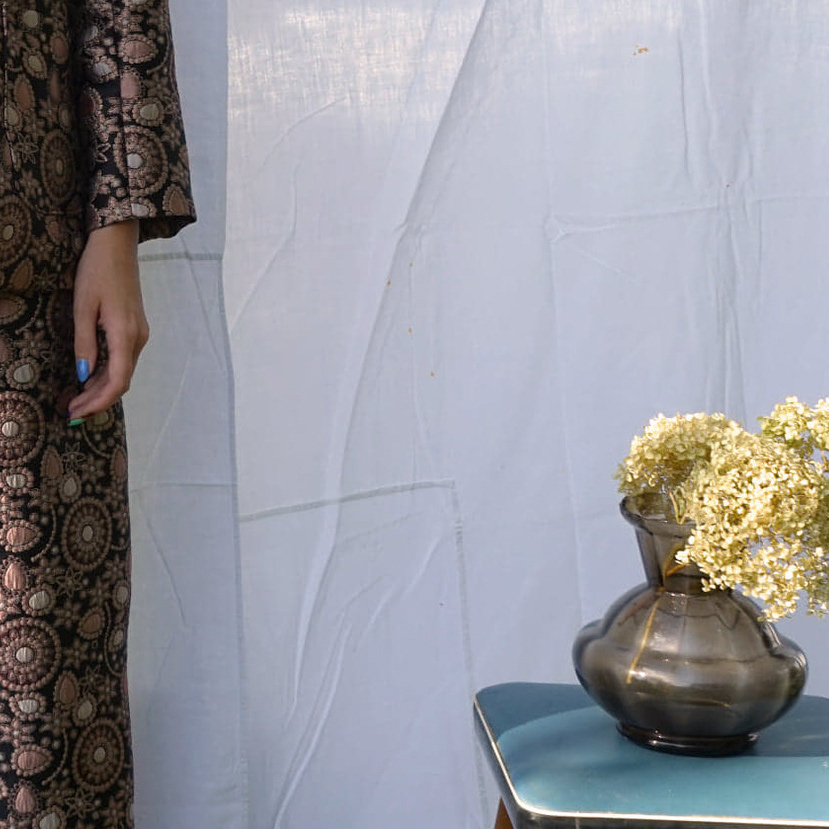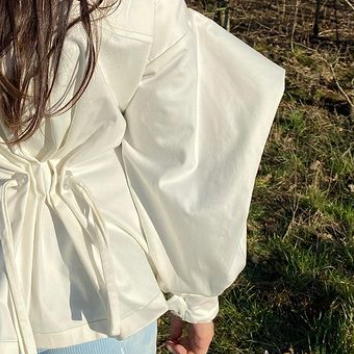- The taboo surrounding second-hand clothes -
Second-hand goods have been on the rise in recent years. More and more people are opting for already used items for ecological reasons, to find more original and special pieces or because it is simply cheaper. Due to the corona crisis, the fact that second-hand clothing is cheaper has been decisive in the consumer behaviour of many people. I'm a big fan of second-hand clothes and things because I find unique, sometimes one-of-a-kind pieces. I notice in my group of friends that the interest is also increasing, but also the reverse: for many, the threshold remains too great to take the step to second-hand clothing. When I was little I noticed that the taboo around second-hand clothes was still very large, there was a stereotype that the clothes are dirty and that only poor people shop in those stores, I often heard when I went to school with second-hand clothes.
For me, the love for second-hand has been thought to me from an early age, but I would like to know what causes others to buy second-hand more and more, and why they break the stereotype they once believed in themselves, and why the some it is still too big a step to go to thrift stores.
To get a better idea of this, I interviewed some friends and relatives about their relationship with second-hand clothes:
Some who don't go to thrift stores (Side A) and a few who do buy clothes (Side B).
Some who don't go to thrift stores (Side A) and a few who do buy clothes (Side B).
SIDE A
- Aylin Bozatik (18y): Smiley person who enjoys every moment with the people around her.
- Jelle Vermoesen (18y): Conscientious business management student with a love for sports.
- Lisa Van den Bossche (32y): Lawyer with a sense of fashion and a stocked wardrobe.
SIDE B
- Marthe Eckeman (19y): Sociology student and lover of everything that has a story.
- Jules Vandenbussche (19y): Musician on a budget who lives in the 70s.
The taboo surrounding second-hand clothing is clearly still there, but it is being reduced by the increased number of people who are starting to buy second-hand clothing. My respondents also notice that it is becoming a trend in their immediate environment. The image that second-hand clothing is for people with a lower income has almost disappeared for them and has been replaced by an ecological image. That new image has become a key reason why many choose to buy second-hand, as well as one of the reasons why my respondents might consider it in the future, as Lisa explains.
In addition, the economic aspect is also very important to them. Second-hand clothing from a thrift store remains cheap, while the rise of vintage and 'rare finds' has meant that a large part of second-hand clothing has become a lot more expensive and is sold by thrift store chains such as Episode or Think Twice at slightly higher prices.
"Thrift stores often give me some sort of nostalgic feeling."
- Marthe
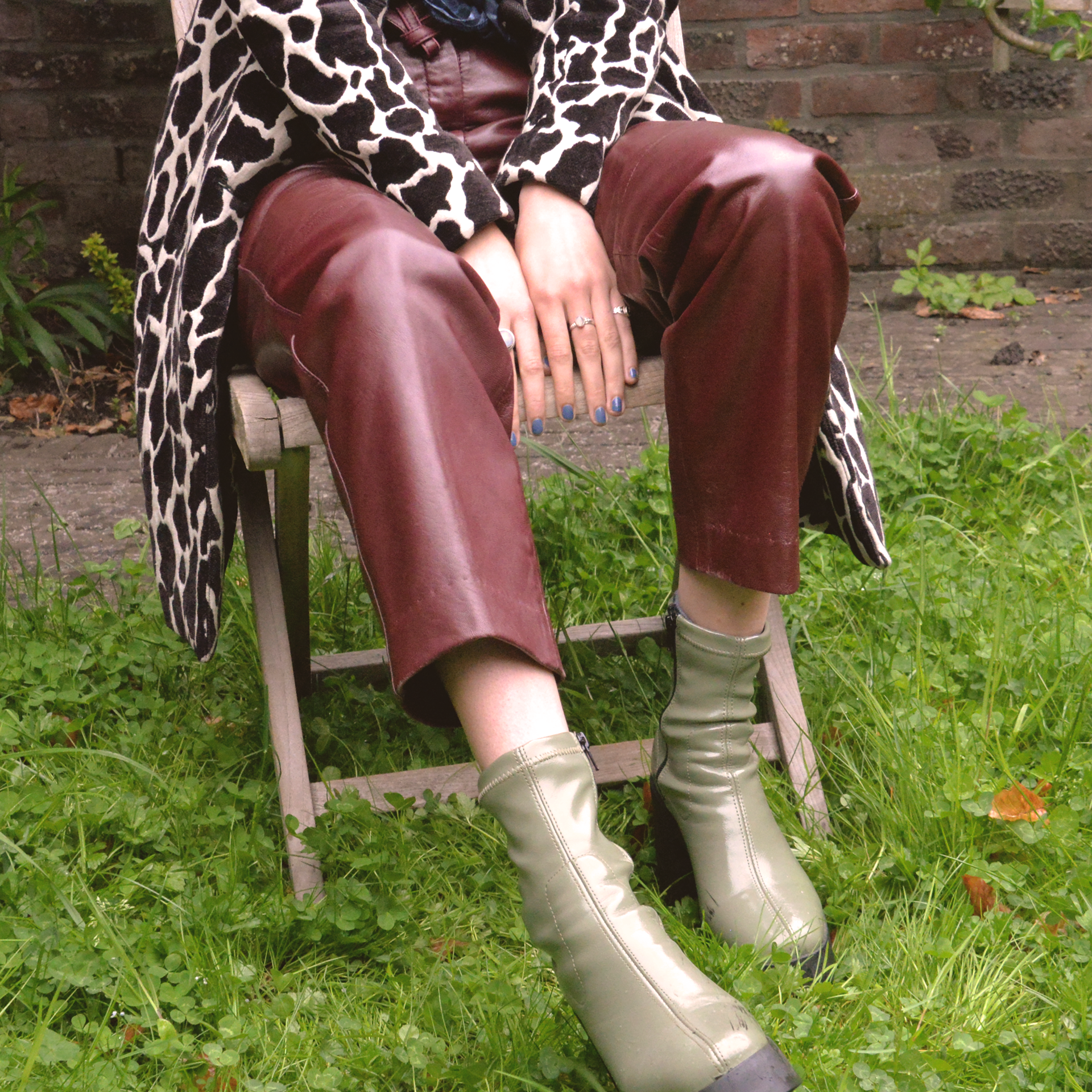




Marthe and Jules tell how they've been going to thrift shops and markets for a while and that it takes some time and patience to find good clothes, but it's well worth it because it's so cheap and you can get more unique pieces to find. Of course, it often comes down to personal style. For them, it fits in perfectly with the range that you can find second-hand, but for many, it will be an endless search to fill a wardrobe with only second-hand clothes if, for example, they have a very avant-garde style.
In general, for people who don't (yet) go to thrift stores, the biggest stumbling block is the effort and time it takes to find a good piece in a thrift store. In a regular chain store, this is much easier because you have different colours and sizes of an item. For many, online platforms such as Vestiaire Collective and Vinted are a good bridge to second-hand clothing because you can filter by colour, size, brand and fit, something you can't do in an ordinary second-hand store. Such websites are comparable to Zalando or Asos, but if something does not fit, it is of course much more difficult to return it.
The rise of Vinted is mainly due to the speed of fashion trends nowadays. When you no longer need something but also don't want to just throw it away, you can put it on Vinted for a good price. They make someone else happy with it, you also earn something from it yourself and it is already a lot less that ends up on a waste mountain. In this way, the ordinary consumer thinks more about the clothes that are thrown away.
"I want to be happy
with someone else's clothes too"
with someone else's clothes too"
- Aylin
"The famous waste mountain, it's big enough already."
- Jelle
For people like Jelle, it is not really necessary to get rid of the taboo around second-hand clothes, as he makes conscious choices in the new clothes he buys and thus does not feed the problem of fast fashion. I even dare to say that Jelle and I might buy the same amount of new clothes in a year, but I supplement that with second-hand.
On the other hand, it remains important to provide enough information to the rest of the consumers, because, as with Aylin, not everyone is aware that a large part of unsold clothing ends up in landfills or is incinerated. Every second, the equivalent of a whole truck full of clothing and textile waste is dumped in landfills (BBC, 2020). If this were more known, awareness about the impact of the clothes that one buys could grow, so more people would opt for sustainable choices.
But, as Jules said, this is obviously not for everyone and it remains very difficult to adapt the behaviour of the ordinary consumer, somewhat similar to the production and consumption of meat which is strongly criticized, but where a large part of the people will never listen.


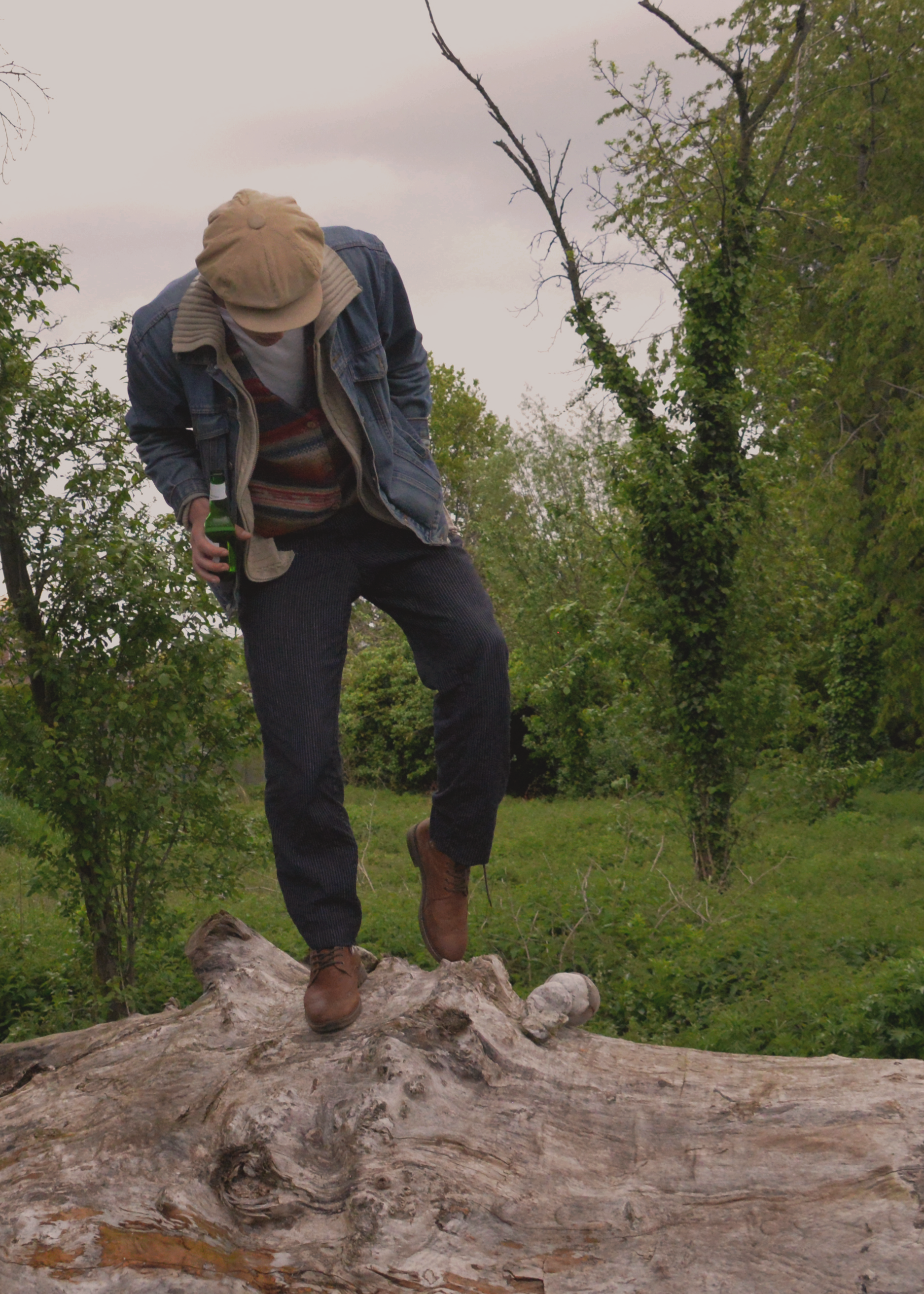
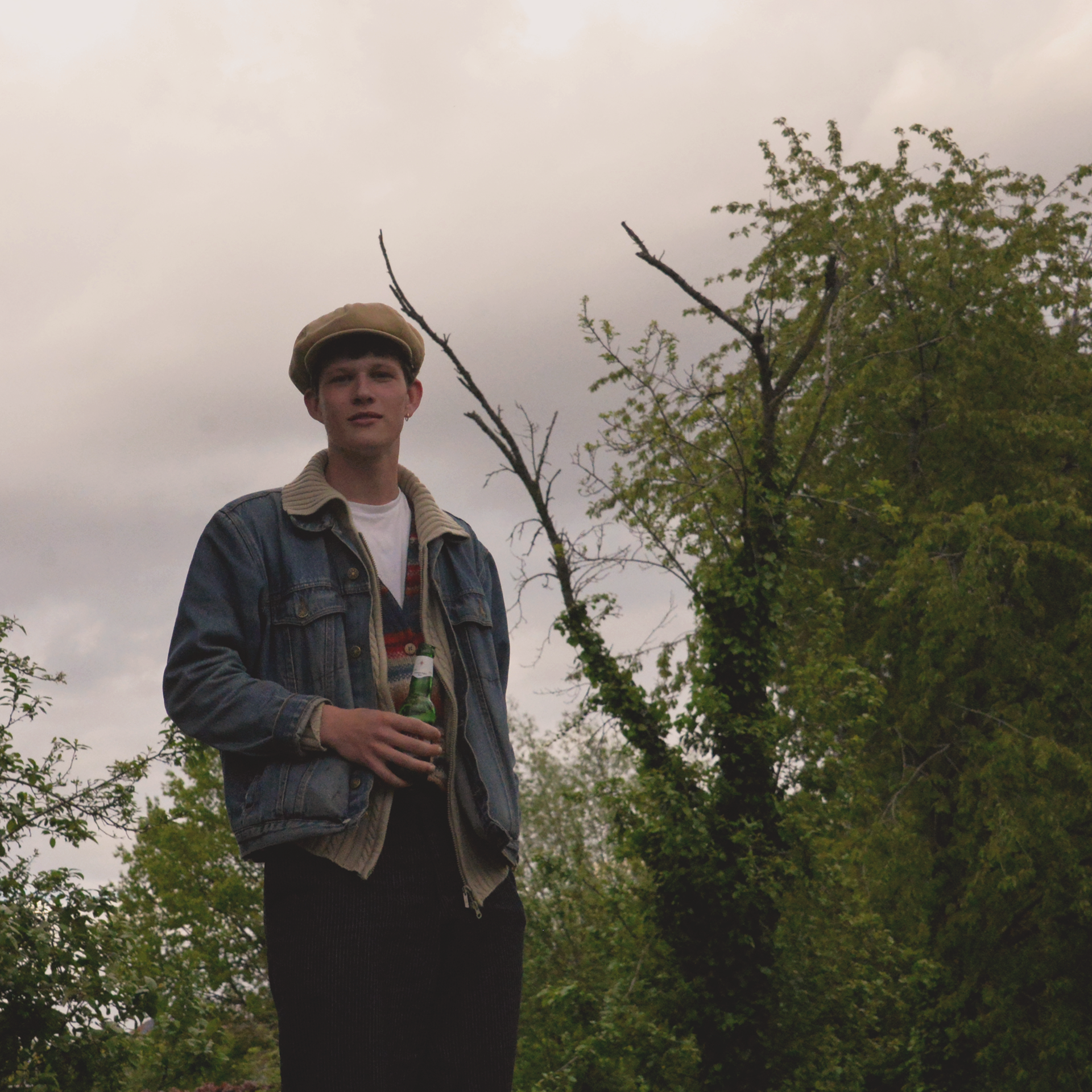

"You still feel as if you are stepping into your grandfather's wardrobe."
- Jules
I also buy the majority of my clothes in second-hand and vintage stores because I find unique pieces which I'm sure no one else has, but of course also because it is better for the environment. I always get a lot of happiness out of the clothes I buy, both second-hand and new, because I'm very involved with fashion in my daily life.
To feel less guilty about the number of clothes I buy, second-hand is a good choice for me because the guilt is reduced when you return something to a thrift store after the trend is over. When I do buy something new, in stores like COS or Massimo Dutti, I try to limit it to one trendy item or something that I'm sure will last a long time and I won't get tired of it right away.
That awareness is hugely important in today's apparel industry. We need to ask ourselves more questions about how much we need that piece of clothing and how long it will last until we get tired of it. But as said before, this is not equally easy and self-evident for everyone. The impact on the consumer simply remains too small, so the guilt remains negligible even when doing mass consumption at stores such as Primark or SheIn. The impact that those stores themselves can have is much greater. Brands such as Patagonia and Sézane show how that big impact can also have positive consequences, by using sustainable and organic materials, recycled packaging, reduction of pesticides, water consumption and CO2 emissions, etc.
We are well on our way to eliminating the taboo surrounding second-hand, but we still have a much more important task: to develop a sustainable clothing industry where the responsibility for sustainable choices does not lie with the consumer, but with the producer.
SOURCES
https://www.bbc.com/future/article/20200710-why-clothes-are-so-hard-to-recycle
https://www.thegoodtrade.com/features/fair-trade-clothing




